This is why dogs lick their paws – A health problem can also be behind it
Published: 2025. 05. 12 - Photos: Getty Images Hungary • 3 minutes reading

Published: 2025. 05. 12 - Photos: Getty Images Hungary • 3 minutes reading
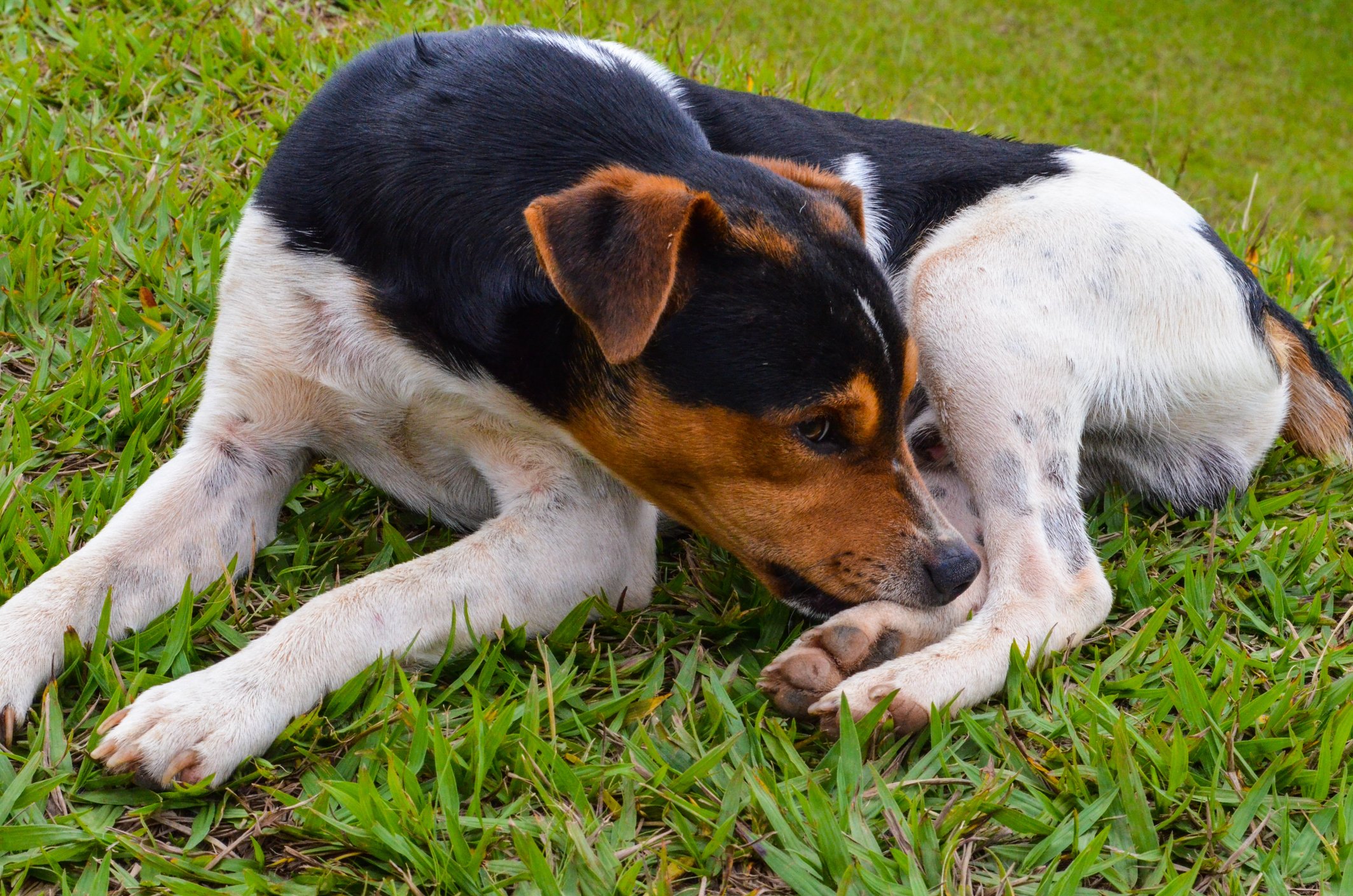
As an owner, we fundamentally register it as usual behaviour when dogs lick and chew their paws. The underlying causes may truly be harmless, for example as part of self-care, but also more serious problems.
It often happens that our little friend begins self-cleaning for a short time after a walk or before resting. However, if this behaviour lasts for long minutes or is repeated frequently, it’s worth looking into it. Wet paws and hair loss may indicate a problem requiring intervention.
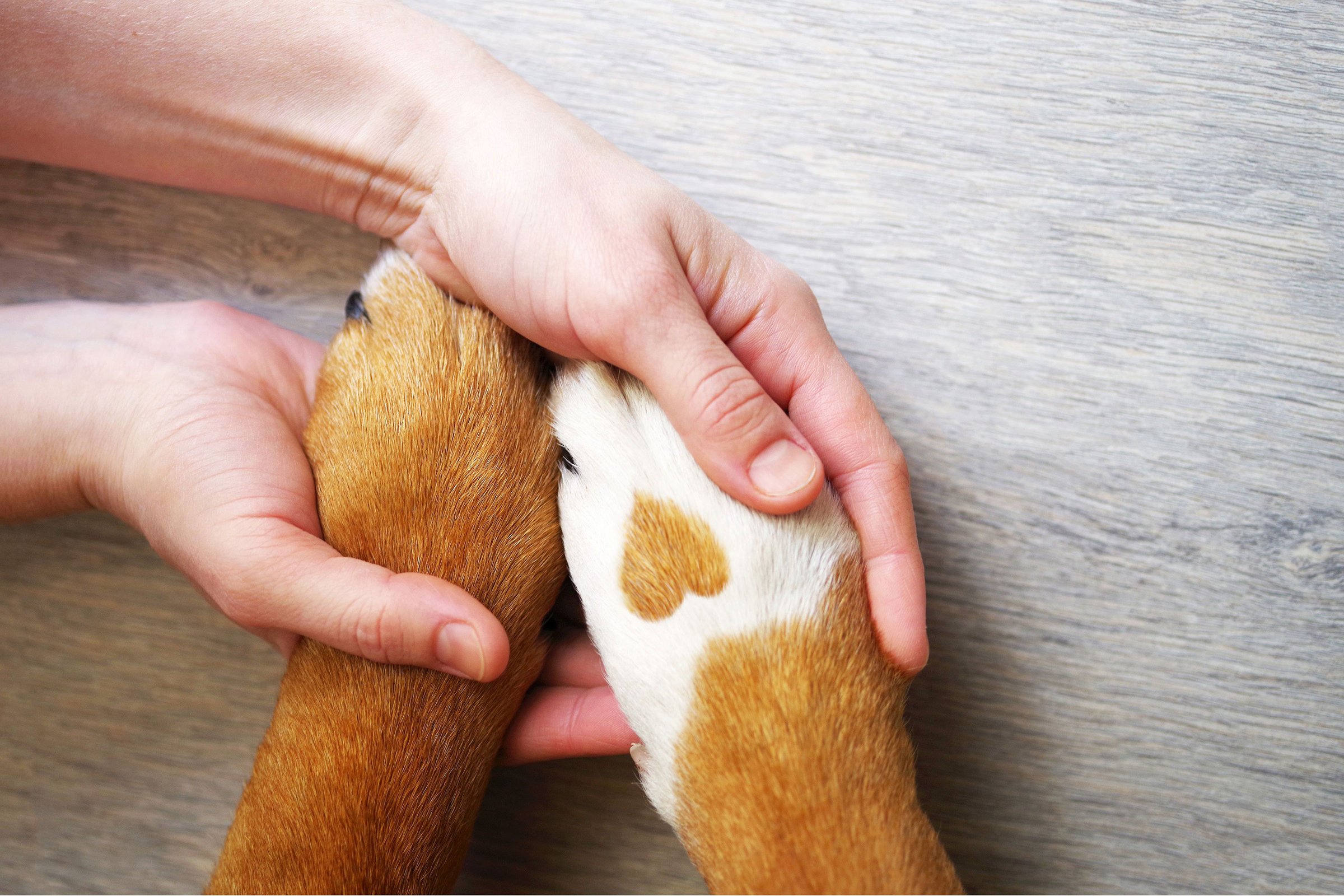 It’s worth paying attention to the frequency of paw cleaning
It’s worth paying attention to the frequency of paw cleaning
Allergy is one of the most common reasons why dogs may chew and lick their paws. Allergies can be caused by foods, environmental allergens like pollens, dust mites, or such contact allergens as grass or cleaning agents. Alongside paw licking as a symptom, redness, irritation and itching also occur. Food sensitivities may particularly develop in the case of beef, chicken, dairy products or certain cereals.
Fleas, ticks, and mites can also cause intense itching for our little friends. These small parasites often hide between the paws, and dogs begin to chew or lick them to relieve the intense itching.
In moist, warm environments, such as between the dog’s toes, fungal or bacterial infections often develop. These come with itching, unpleasant smell and pain, however, continuous licking may be the only visible symptom.
Small cuts, scratches, broken nails or embedded foreign bodies, such as thorns, grass awns or pebbles can also trigger this behaviour. In addition, in the summer heat, burns caused by hot asphalt or any rough surface may also be soothed by the dog through licking.
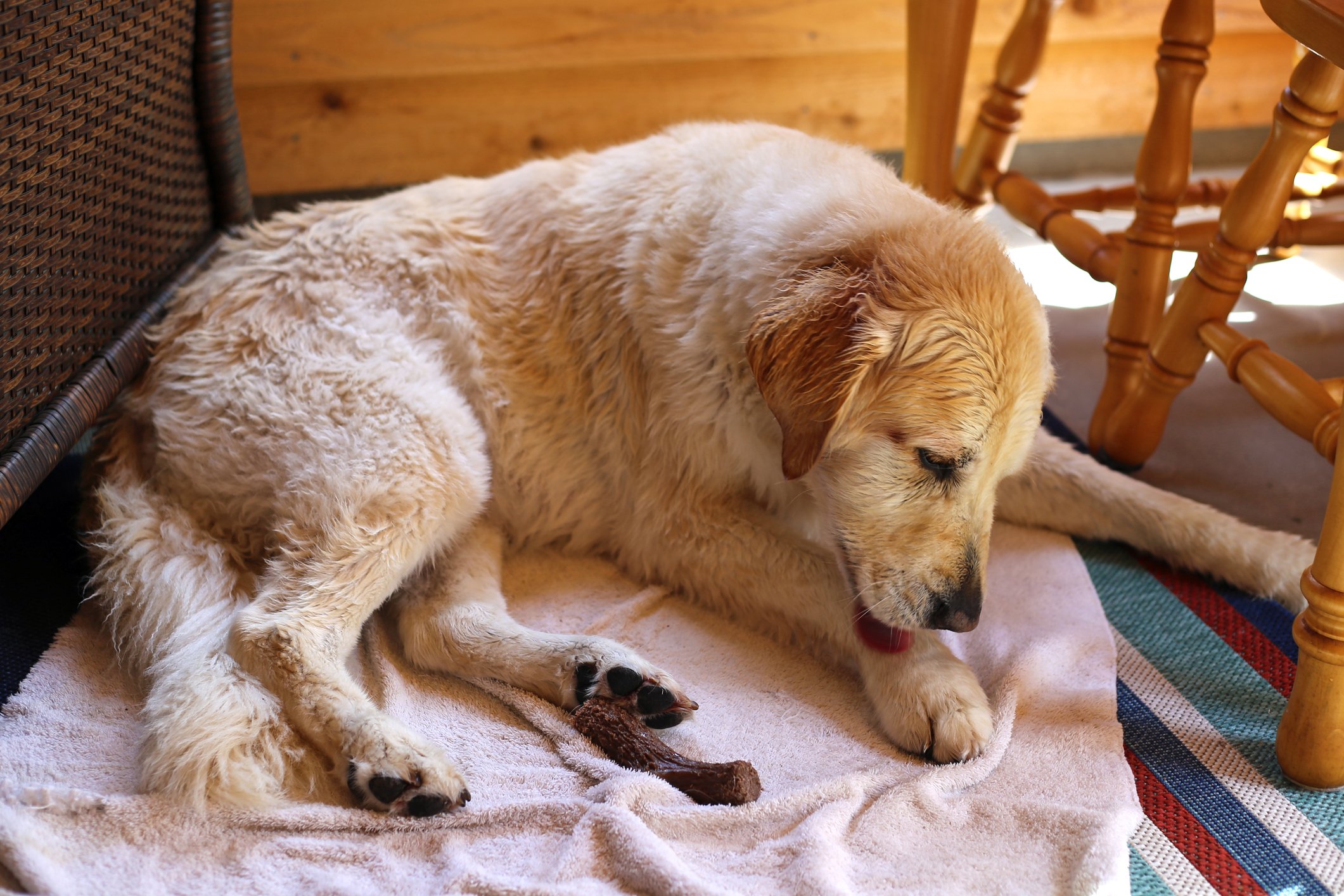 Small cuts, scratches, broken nails or embedded foreign bodies can also cause pain for our dogs
Small cuts, scratches, broken nails or embedded foreign bodies can also cause pain for our dogs
If the dog only licks or chews one paw, it may indicate joint pain or musculoskeletal problems. This can be a sign of arthritis or another orthopaedic condition, for which we should definitely consult a vet!
In cases of emotional stress, anxiety or boredom, paw grooming can be a form of self-soothing behaviour. Especially when the dog is alone, there is a change in their environment, or they receive little mental stimulation. In more severe cases, wounds and hair loss may also develop.
Cushing’s disease is a relatively rare hormonal condition. Most often it is caused by a tumour of the adrenal glands or pituitary gland, due to which too much hormone is produced. In such cases, red rashes appear on the paws and other parts of the body, the skin starts to peel and becomes thinner. Other symptoms may include excessive drinking, fatigue and frequent panting.
It’s easy to dismiss it when a dog licks their paw, but as an owner it’s important to know when expert help may be needed. If they overdo this activity, if redness, swelling, bleeding or limping appears, it already indicates a more serious problem which requires veterinary treatment.
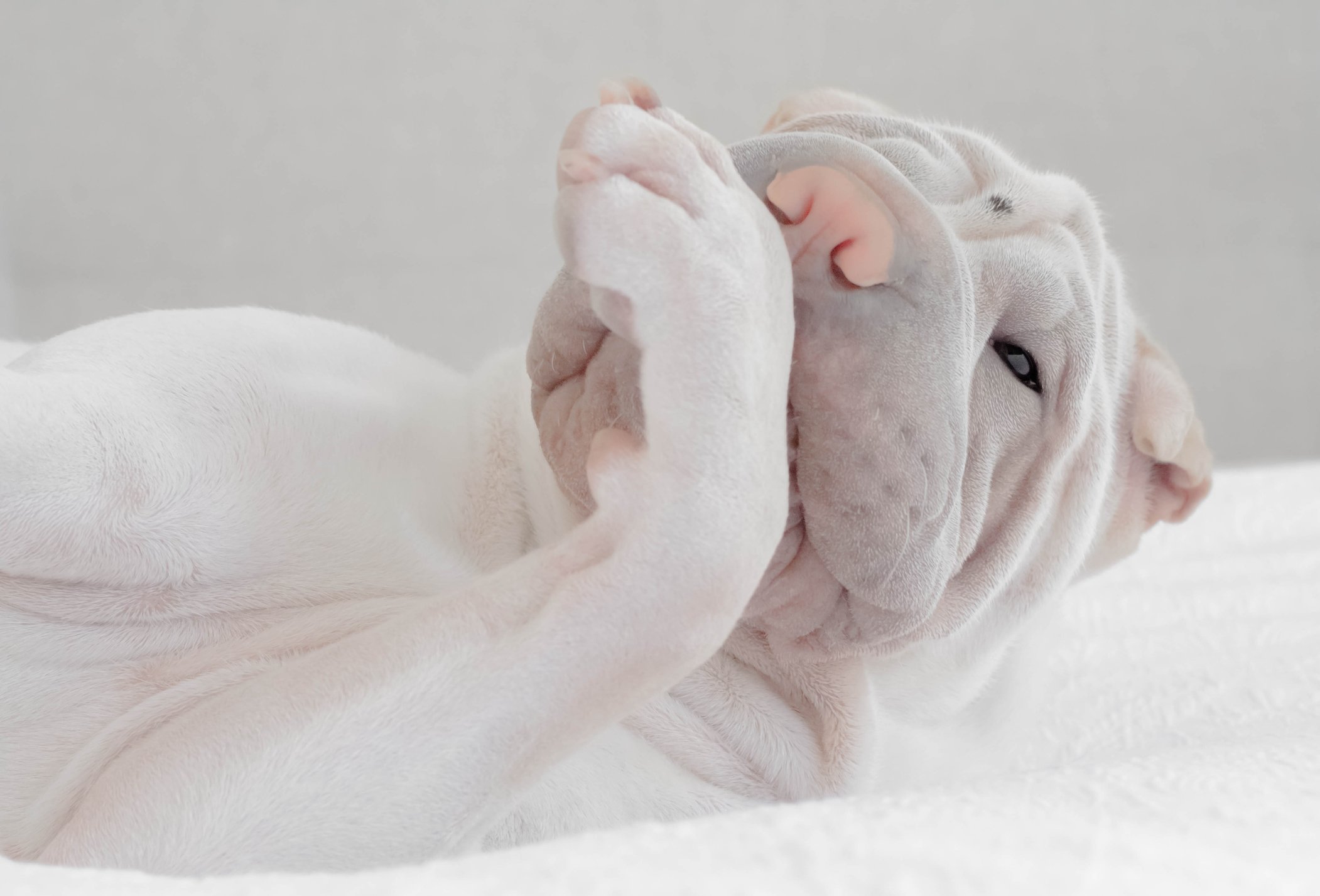 If they overdo this activity, if redness, swelling, bleeding or limping appears, it already indicates a more serious problem
If they overdo this activity, if redness, swelling, bleeding or limping appears, it already indicates a more serious problem
The permanent solution to the problem may require the combination of several factors, depending on what triggers it. Regular veterinary check-ups, ensuring proper hygiene, and recognising symptoms early can help keep paw licking just a natural part of grooming.
Excessive paw licking is always a warning sign; by recognising the underlying cause and applying proper treatment, we can ensure that our dog lives a happy, healthy and comfortable life.
Follow us!
facebook instagram youtube spotifyRelated articles
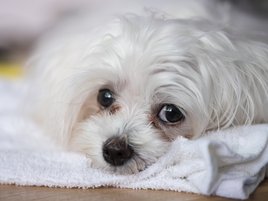
Dogs Can Rust: An Important Signal For Owners
Health • 4 minutes
How to keep your dog safe outdoors during the cold winter
Care • 5 minutes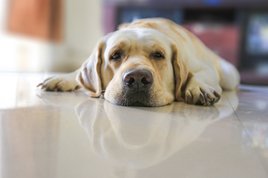
Is your dog's paw slipping too often on the floor? Here's what you can do to help
Care • 3 minutes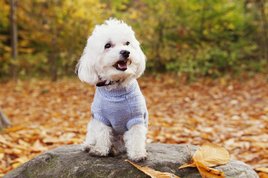
As the temperature drops, your dog's skin becomes more sensitive: how to care for it properly
Care • 3 minutes